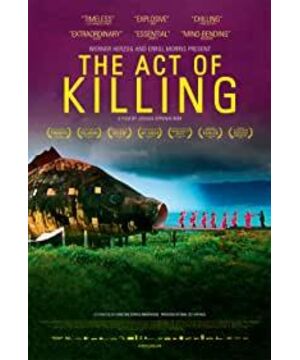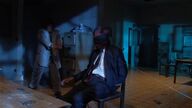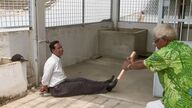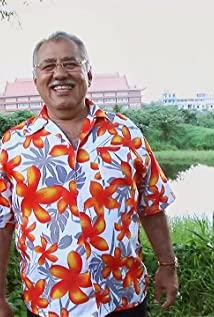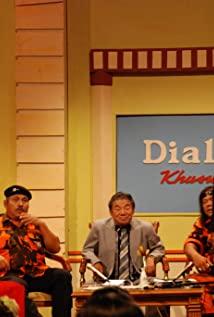The first half of the film focuses on affirming the political views of the characters in the film. At this time, the film presents its objective and calm "recorder" role.
In the second half, however, the perspective is turned, focusing on the psychological description of the characters. Let the audience begin to doubt the positioning of this film, "documentary" or "movie"?
Some flashpoints during personal viewing.
1. The camera is aimed at the person making the film, which is an analysis of the positioning of each character in the film.
2. Documents how gangsters operate in politics, influence society, and expand through their own peculiar patterns. But the gangs here are different from the pure cold-blooded and violent ones known in the past. It is more mixed with some self-irony and self-deprecating meaning (but has nothing to do with the fragility of the system).
3. Interestingly, when the two are combined, multiple perspectives are presented. The positioning of the gang itself is full of controversy, but it is full of simple and crude elements. The positioning of the lens itself is also very interesting, looking at the subject, the photographer and the limits conveyed by the lens itself. When the audience stands on the outer layer outside the film (directly showing the images taken by the people in the film), the impression conveyed by the film and the reflection it causes are even more profound.
View more about The Act of Killing reviews


